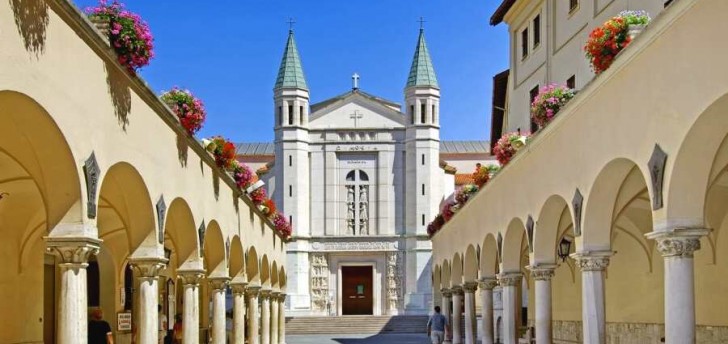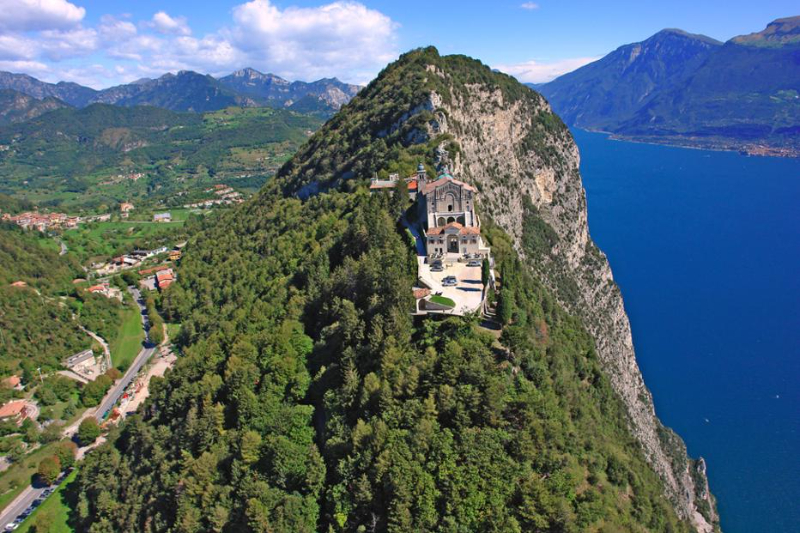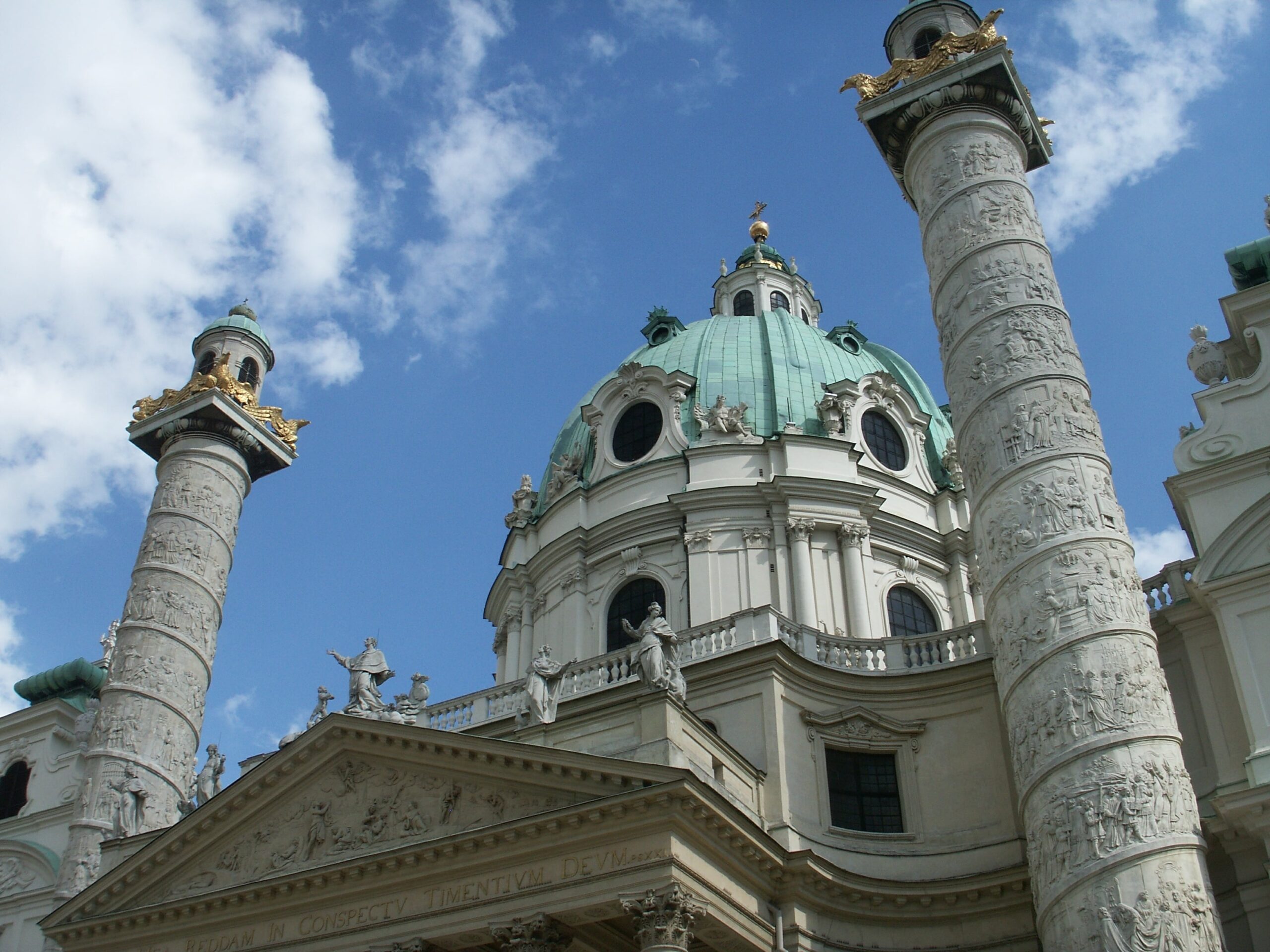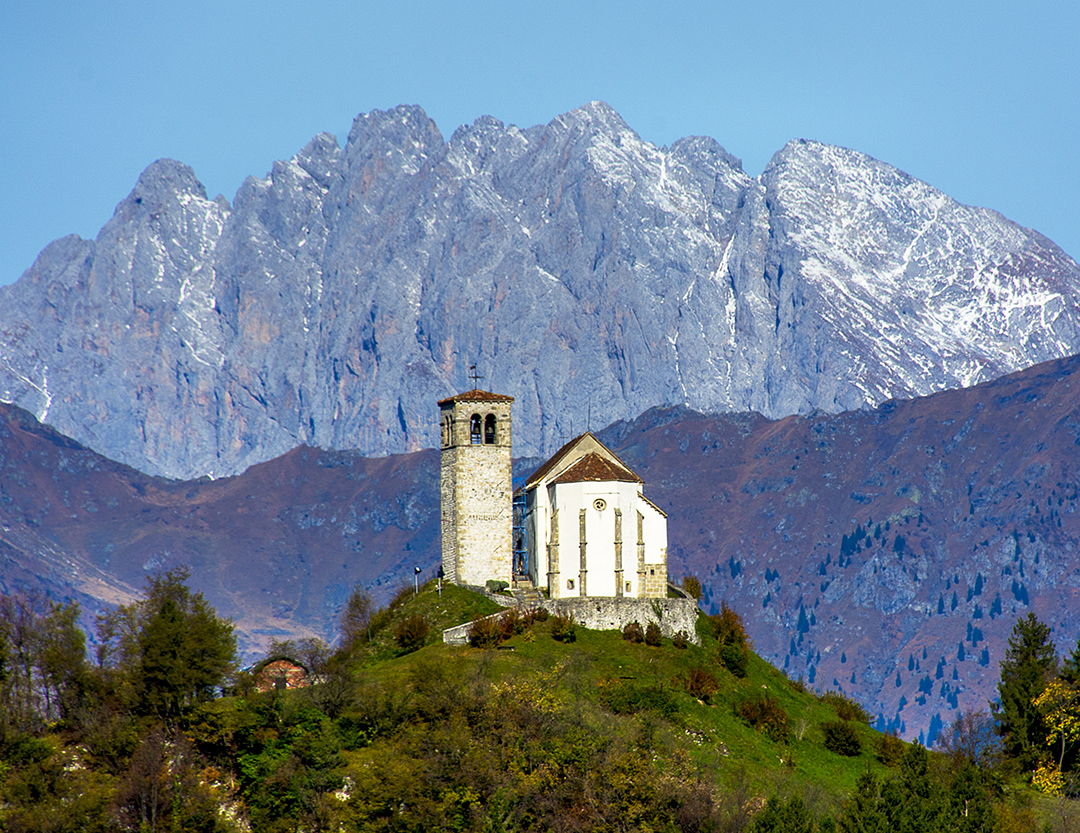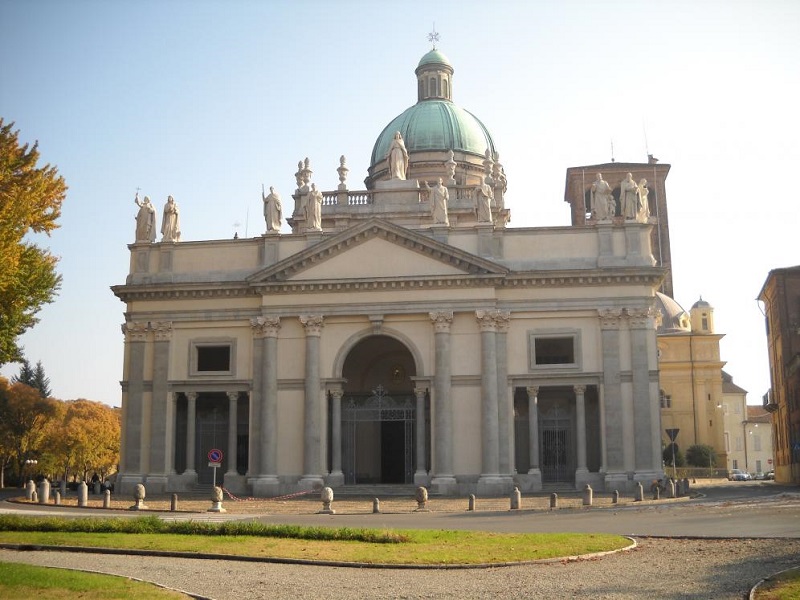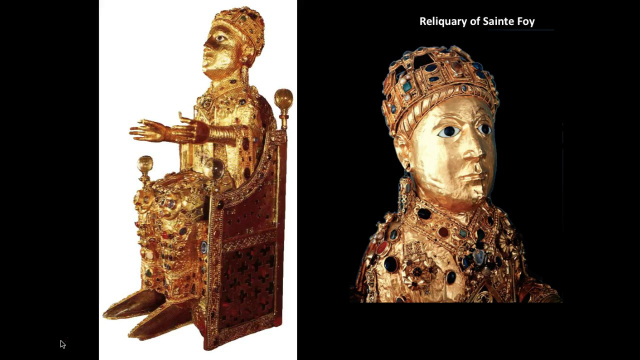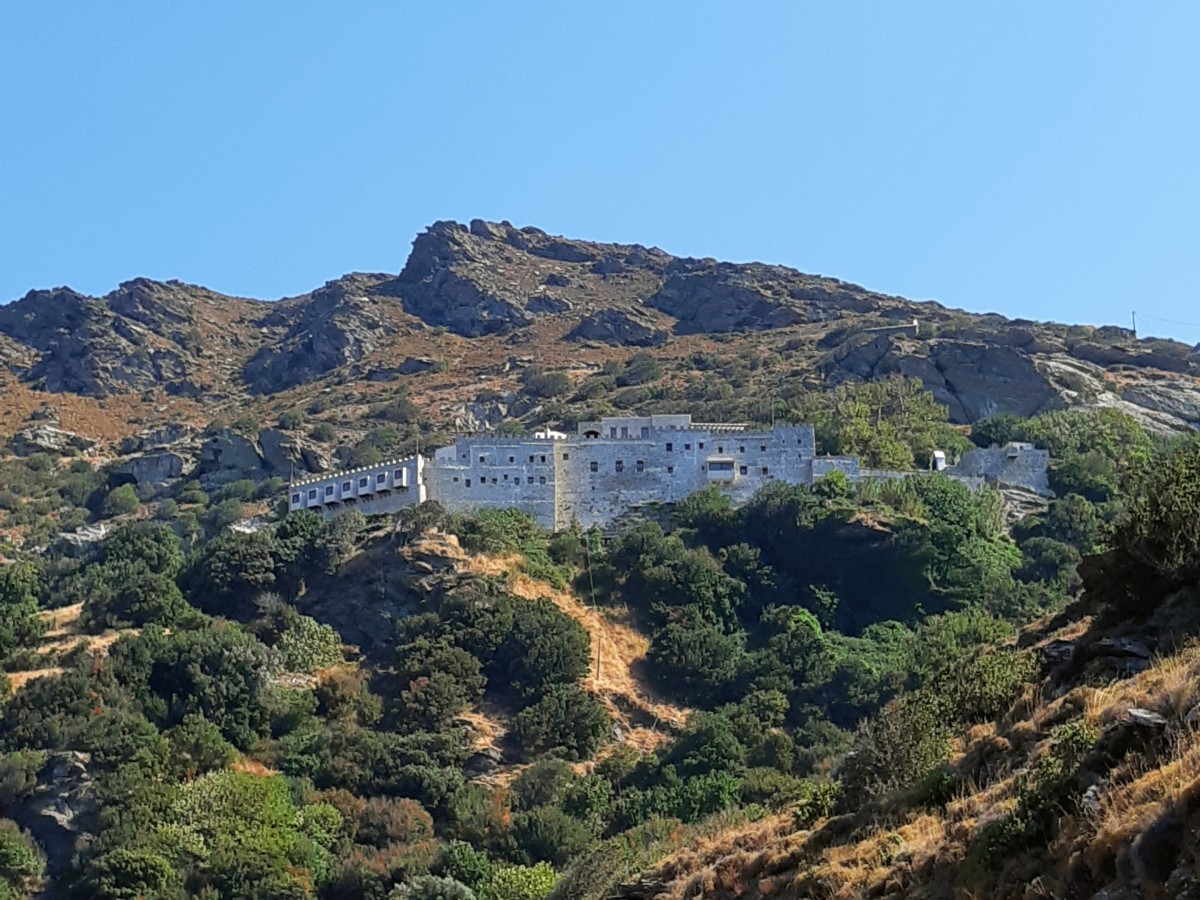The Basilica, clad in white travertine typical of the Tivoli quarries, has a Greek-cross plan with four large side apses and a central dome dominating the presbytery. Artist Eros Pellini carved episodes from the life of St. Rita of Cascia on the main portal, and inside, in Carrara marble, the stages of the Stations of the Cross.
lt other modern artists of unquestionable fame participated in the creation of the building and furnishings; the walls are frescoed by Luigi Montanarini, Luigi Filocamo, Silvio Consadori and Gisberto Ceracchini, among others; the sacred furnishings and the high altar are the work of Giacomo Manzù. Cesarino Vincenzi of Bologna is the author of the oil painting of Mary Magdalene, the fresco of St. Joseph in the entrance of the Basilica, and the beautiful fresco ceiling of the sacristy. St. Rita’s earthly remains rest today protected by the left gate still perfectly preserved.
The saint, born in 1381 in nearby Roccaporena and baptized with the name "Margaret," by her father’s will married, renouncing at first to enter an Augustinian convent according to what were instead her innermost aspirations.
After 18 years of a troubled and violent marriage, her exemplary conduct prompted her husband to convert. In a period of communal infighting, her husband was murdered by the Casciani family; "Margherita," to avoid bloody and endless cross vendettas, forgave her fellow villagers and found acceptance in the Monastery of the Augustinian Sisters of Mary Magdalene. In 1442, on the night of Good Friday, she received the stigmata from a thorn from the crown of the Crucifix, which, according to tradition, stuck in her forehead. She died on May 22, 1447, and although she was the object of veneration even in the last years of her life, it was not until 1628 that she was beatified by Pope Urban VIII and not until May 24, 1900 that she was sanctified by Pope Leo XIII.
St. Rita is celebrated today during the month of May (coinciding with the anniversary of her death) in Cascia with a 10-day festival (Celebrazioni Ritiane – Feast of St. Rita) in which the history and tradition of the Saint is retraced.
